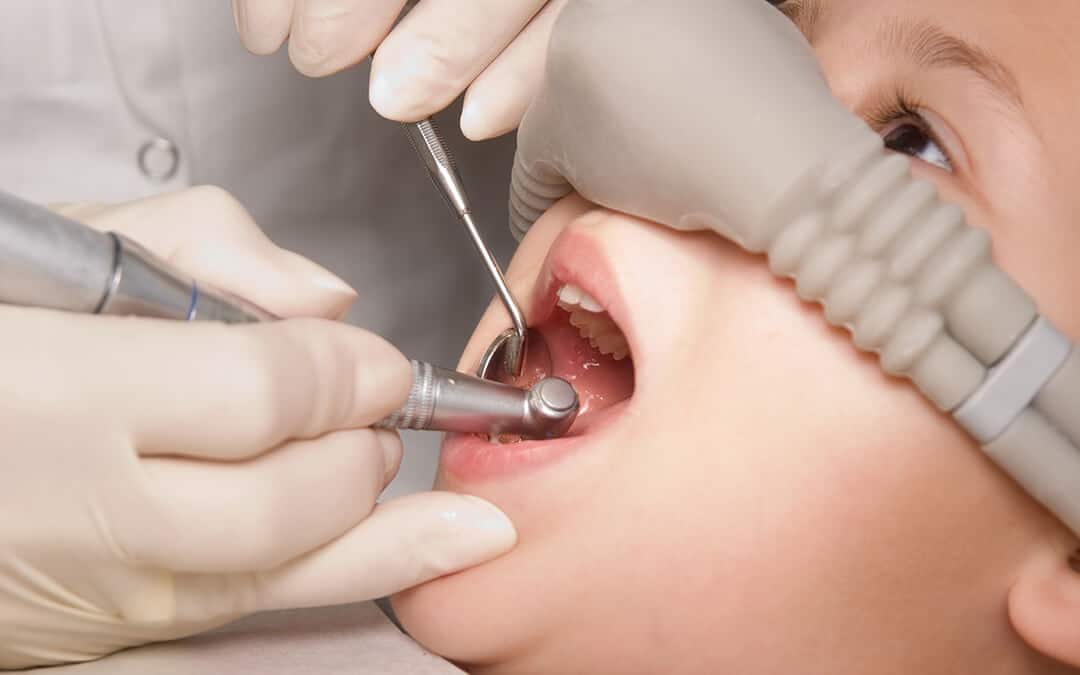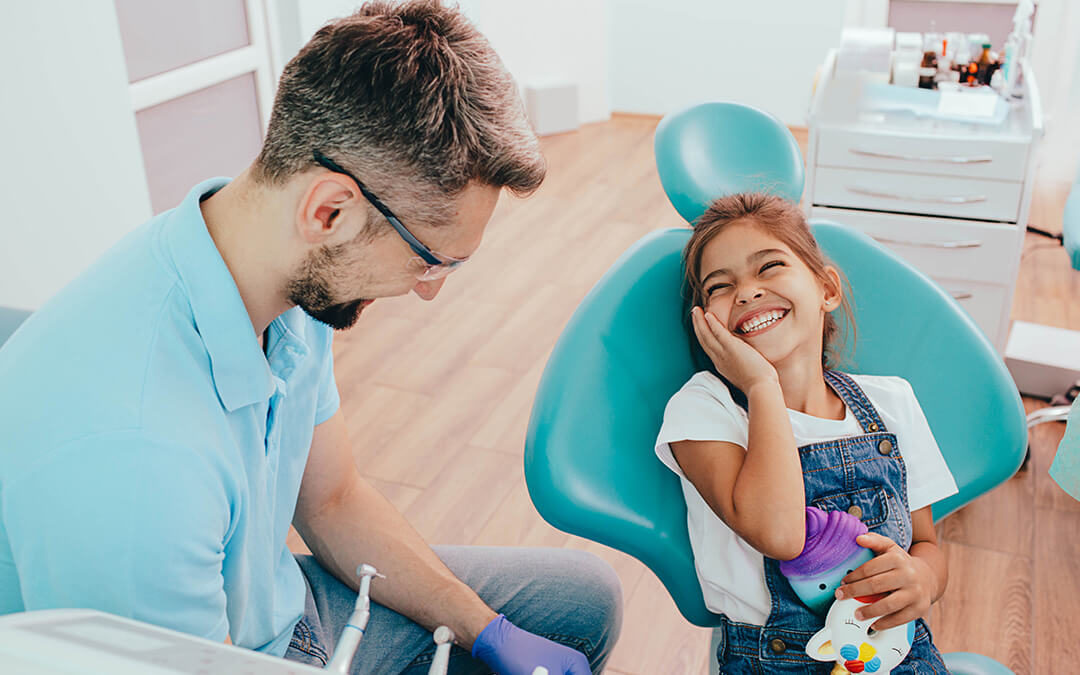What is guaranteed to reduce anxiety in pediatric dentistry? Expertise in the administration of nitrous oxide can reduce patient pain. It can also diminish anxiety in both children and their parents when dental procedures are necessary. Who wants to be more uncomfortable than they have to, right?
Today, the American Academy of Pediatric Dentistry considers nitrous oxide to be both safe and effective. A sound understanding of how nitrous oxide works and a thorough knowledge of best practices for its administration can put everyone at ease. Here are five guidelines recommended by the Council on Clinical Affairs1 for the administration of nitrous oxide in pediatric dentistry patients.

1. Administration matters
Only a licensed individual may administer nitrous oxide. The practitioner must be trained in the use of nitrous oxide as well as in emergency response, and emergency equipment must be on-site. It is a must for all clinical personnel to have basic life-saving training and certification in the unlikely event of an emergency. One of the most important pieces of getting nitrous oxide with kids right is the selection of nasal hood of appropriate size. Another important consideration: accurate titration. In general, patients require 30-40 percent nitrous oxide saturation for ideal sedation, although flow may be adjusted up or down as dictated by the procedure. Want to make sedation even faster? Encourage the patient to minimize talking and mouth breathing. In pediatric patients, the effects of nitrous oxide are largely dependent on reassurance2. Be encouraging and reassuring!
2. Keep a careful eye on things
How does a dentist know when all is well? Patient responses to commands are a good sign or guide to consciousness. Continuous monitoring is, of course, necessary. Respiratory rate, color and spoken responses are all important indicators of the child’s well-being. They are also good indicators of an appropriate sedation level.
3. What if something goes wrong?
Nitrous oxide in pediatric dentistry rarely goes wrong. The most common side effects are nausea and vomiting, occurring in only a very small percentage of patients. Generally, this is due to one of three reasons: a longer exposure to nitrous oxide, a saturation rate of over 50% or the patient’s consumption of a heavy meal prior to the procedure. How can these problems be avoided? Recommend a light meal two hours prior to the procedure. Don’t use nitrous oxide as a general anesthetic or in doses greater than 50 percent. Although rare, cases of aspiration have been recorded under these circumstances. Not allowing the patient to lose consciousness will serve as a preventative measure against aspiration.
4. Make a list. Check it twice
Proper informed consent from the parent is required. This must be documented and stored in the patient’s file. Also on record should be indications about dosage (such as flow rate and/or percent of nitrous oxide/oxygen), the anticipated duration of the procedure and the procedure for post treatment oxygenation.
5. Equipment upkeep is essential
State and federal guidelines are in place for a reason—keeping patients and workers safe. Guidelines regarding the storage of compressed gases must be followed. Regular checking of equipment is required. Fail-safe systems should be checked on routinely and calibrated regularly. System components need to be inspected for wear and tear and any repairs handled immediately. Scavenging systems are key to minimizing occupational risk. Don’t forget that emergency equipment must be available. What does that look like? In pediatric patients, it means masks of all sizes have to be on hand, along with an “E” cylinder, a positive-pressure oxygen delivery system capable of providing oxygen for at least 60 minutes at a rate of 90 percent oxygen with a 10L/min flow.
Following these best practices will ensure a safe and anxiety-free experience for patients and practitioners alike.
Learn more about CalOx’s nitrous oxide products for pediatric dentistry, or contact us today.
1. https://www.aapd.org/media/Policies_Guidelines/BP_UseofNitrous.pdf
2. https://www.aapd.org/media/Policies_Guidelines/BP_UseofNitrous.pdf
